Although dinosaurs are undoubtedly the best-known Jurassic animals, they weren’t the only animals alive at the time.
On this page you’ll find a selection of Jurassic animals that weren’t dinosaurs, including ichthyosaurs, plesiosaurs, pterosaurs and many other vertebrates and invertebrates.
- Click here to see dinosaurs that lived in the Jurassic Period: Jurassic Dinosaurs List with Pictures & Facts
- Discover what Earth was like during the Jurassic Period here: Jurassic Period Facts
Jurassic Animals: Page Index
- Jurassic Animals: Introduction
- Jurassic Ocean Animals
- Jurassic Ocean Reptiles
- Ichthyosaurs
- Plesiosaurs
- Fish
- Jurassic Land Animals
- Land Reptiles
- Amphibians
- Pterosaurs
- Arthropods
- Mammals
Jurassic Animals: Introduction
The Jurassic Period was the second period of the Mesozoic Era. It began around 201.3 million years ago (Mya) and ended 145 Mya. The period before the Jurassic Period was the Triassic Period. After the Jurassic Period came the Cretaceous Period. The Jurassic Period lasted around 56 million years.
Although dinosaurs first appeared during the Triassic Period, they weren’t the dominant land animals during that time. That position was held by another reptilian group, the pseudosuchians.
The Triassic-Jurassic Extinction Event
A global extinction event at the end of the Triassic Period wiped out most of the pseudosuchians. The only remnants of this line was a group of animals known as crocodylomorphs, which included the ancestors of today’s crocodiles, alligators and gharials.
With their main rivals extinct, the dinosaurs quickly became the dominant land animals in the Jurassic Period.
Jurassic Ocean Animals
Although dinosaurs came to dominate on land, they never adapted to live in the ocean. Here, other groups of reptiles ruled, the best-known of which were the ichthyosaurs and the plesiosaurs.
Jurassic Ocean Reptiles
Jurassic Ichthyosaurs
The word ‘Ichthyosaur’ is derived from Greek and means ‘fish lizard’. Ichthyosaurs were not related to fish; they were reptiles, and despite being fully aquatic, were descended from reptiles that lived on land.
Millions of years later, this "land to aquatic" evolutionary development would be mirrored by cetaceans (mammals such as whales and dolphins), whose ancestors were land mammals.
Ichthyosaurs first appeared in the Triassic Period, eventually becoming became extinct during the Late Cretaceous. They were at their most successful during the Late Triassic and Early Jurassic, but had been overtaken by the plesiosaurs as dominant marine animals by the Late Jurassic.
Ichthyosaurus
Ichthyosaurus was an ichthyosaur that lived in the Early Jurassic. It is the best-known ichthyosaur and gives the group its name. Specimens have been found in Belgium, England, Germany and Switzerland.
Ichthyosaurus was between 2m and 3.3m (6.5 and 11 ft.) in length. Its body is remarkably similar to that of today’s dolphins and porpoises – animals that appeared millions of years after the Ichthyosaurus became extinct.
The phenomenon of unrelated animals evolving similar physical characteristics is known as ‘convergent evolution’.
Ophthalmosaurus
Ophthalmosaurus is known for its huge eyes, which were around 10 cm (4 in.) in diameter. The size of this Jurassic animal’s eyes suggest that it was a nocturnal or deep-sea hunter.
With toothless jaws, it is likely that ophthalmosaurus preyed on soft-bodied animals such as squid.
Ophthalmosaurus was present during the Late Jurassic. It has been found in Europe and in the Americas.
Jurassic Plesiosaurs
In the Jurassic oceans, two groups of swimming reptiles were particularly abundant: the ichthyosaurs and the plesiosaurs.
Like ichthyosaurs, plesiosaurs were descended from land reptiles. Whereas ichthyosaurs propelled themselves through the water with a large tail fin, the plesiosaurs swam using strokes of their four powerful flippers.
Over the course of the Jurassic Period, the plesiosaurs split into two main branches: those with long necks and small heads, and those with short necks and large heads.
Plesiosaurus
Plesiosaurus was a typical long-necked plesiosaur. It lived during the Early Jurassic and its remains have been found in southern England.
This fish and squid-eating marine reptile grew to lengths of between 3.5 and 5 m (11.5 and 16.5 ft.). Almost half of the animal’s total length was taken up by its long neck.
Liopleurodon
Liopleurodon was a member of a group of short-necked plesiosaurs known as pliosaurs. This fearsome Jurassic animal was likely to have been an apex predator, feeding on fish, cephalopods, and a variety of marine reptiles. It may have even been able to catch unwary dinosaurs who had strayed too close to the water's edge.
Liopleurodon was once thought to have grown to lengths of up to 25 m (82 ft.). Recent estimations have brought its maximum length down to around 6.4 m (21 ft.); making it slightly smaller than today’s killer whales.
Jurassic Fish
Fish had been swimming in the world’s oceans hundreds of millions of years prior to the start of the Jurassic Period (they are, after all, the ancestors of all vertebrates). During the Jurassic Period fish continued to evolve, and, along with the reptiles, were the primary marine vertebrates.
Leedsichthys
Despite its large size, Leedsichthys was not a shark; instead it was a member of the fish group Osteichthyes, otherwise known as the ‘bony fish’. The majority of today’s fish belong to this group.
Leedsichthys lived during the late Jurassic. Its remains have been found in Europe and in South America.
Spathobatis
The two groups had split long before the start of the Jurassic Period.
Spathobatis had a flat, wide body. Although it is the earliest ray yet discovered, it is thought that other rays had appeared previously, during the Early Triassic.
Lepidotes
Lepidotes is a bony fish that appeared in the Early Jurassic and which became extinct in the Late Cretaceous. It is the first-known fish to be able to extend its jaws to form a tube for sucking food into its mouth (many of today’s fish species are able to do this).
Lepidotes was equipped with rows of peg-like teeth with which it crushed shellfish. In medieval times fossilized specimens of the fish’s teeth were thought to be a cure for poison. The fossilized teeth – which resembled smooth round buttons – were believed to come from the heads of toads, and were called toadstones. (Find out more about toadstones at Wikipedia - Toadstones)
Jurassic Land Animals
Although dinosaurs such as allosaurus, diplodocus and stegosaurus ruled the land during the Jurassic Period, they were by no means the only Jurassic animals.
Jurassic Land Reptiles
Crocodylomorpha
The archosaurs were a group of reptiles that first appeared in the Triassic Period. The group split into two branches: the pseudosuchians and the branch that produced both the dinosaurs and the pterosaurs.
Although the pseudosuchians dominated during the Triassic Period, the Triassic-Jurassic Extinction Event killed off many of their number, leaving only the Crocodylomorpha – a group of crocodile-like reptiles. This allowed the dinosaurs to become the dominant land predators of the Jurassic Period.
Although the pseudosuchians no longer ruled the land, they didn’t disappear entirely (they were, after all, the ancestors of today’s crocodiles). During the Jurassic Period, however, the early crocodiles were restricted to an aquatic lifestyle, and were found in both freshwater and marine habitats.
Protosuchus
1 m (3.3 ft.) in length, protosuchus had armored skin and powerful jaws, just like a modern crocodile. Unlike a modern crocodile, however, it stood further off the ground, on straight, rather than sprawled, legs. This suggests that it may have hunted on land, and had not become fully aquatic.
Metriorhynchus
Metriorhynchus was highly adapted to a marine existence, with paddle-like hands and feet, and a fish-like tail. It was around 3 m (10 ft.) in length, and preyed on fish and cephalopods such as ammonites.
Rhynchocephalia
Rhynchocephalia is a branch of lizard-like reptiles that first appeared in the Triassic Period. In the Jurassic and Cretaceous Periods they became widespread. Today only one species remains: the tuatara, which is found in New Zealand.
Pleurosaurus
Testudinata (Turtles)
Testudinata is the branch of reptiles that includes the turtles and their prehistoric relatives. The first turtles appeared in the Triassic Period.
Kayentachelys
Squamata
Squamata is the reptilian branch that includes lizards and snakes. The first lizards appeared in the Early Jurassic, but snakes wouldn’t appear until the Cretaceous Period.
Ardeosaurus
Jurassic Amphibians
Amphibians evolved from fish way back in the Devonian Period, millions of years before the start of the Jurassic Period. Due in part to their reliance on water in order to reproduce, amphibians were outcompeted by both the reptiles and early ancestors of mammals in the Mesozoic Era.
The Jurassic Period saw the appearance of all three of the modern amphibian groups: Anura (frogs and toads), Caudata (salamanders) and Gymnophiona (caecilians).
Prosalirus
Prosalirus had many frog-like characteristics, including hind legs that were adapted for jumping and the absence of a tail.
Karaurus
Karaurus was around 19 cm (7.5 in.) in length. It had a wide head and short body, and may have preyed on aquatic invertebrates.
Jurassic Pterosaurs
Pterosaurs are flying reptiles that first appeared during the Triassic Period, after having branched off from the line of reptiles that would become the dinosaurs.
Dimorphodon
Dimorphodon was a small pterosaur that lived in the Early Jurassic in what is now England. Its name means ‘two types of teeth’. The name refers to the two types of teeth present in dimorphodon’s beaked mouth, which contained 30-40 small, pointed teeth and around 4 larger fang-like front teeth.
Dimorphodon had a body length of around 1 m (3.3 ft.), and a wingspan of around 1.45 m (4.75 ft.). Its large head accounted for a quarter of its total body length but its jaws were relatively weak. For this reason it is likely that dimorphodon hunted insects or small vertebrates.
Pterodactylus
Pterodactylus was the first pterosaur to have been identified as a flying reptile. Its name means ‘wing finger’; as with all pterosaurs, pterodactylus has an elongated fourth finger that supports the wing.
Pterodactylus had a wingspan of around 2.5 m (8 ft.). Most specimens have been found in Germany.
Because Pterodactylus is one of the best-known pterosaurs, the word ‘pterodactyl’ is sometimes (incorrectly) used to refer to all pterosaurs.
Jurassic Cephalopods
Cephalopods (the group of mollusks that includes animals such as octopuses, squid and nautiluses) first appeared in the Late Cambrian, hundreds of millions of years prior to the start of the Jurassic Period. The Jurassic Period saw the appearance of the first squid.
Cylindroteuthis
Cylindroteuthis was found in many parts of the world, and is a common fossil in Jurassic rock formations.
Jurassic Arthropods
Arthropods are invertebrate animals with hard exoskeletons and segmented bodies. The group includes animals such as insects, crustaceans and arachnids.
New insect groups to appear in the Jurassic Period include butterflies and moths (order Lepidoptera), snakeflies (order Raphidioptera) and mantidflies (family Mantispidae).
Crustaceans that appeared in the Jurassic Period include crabs and shrimps.
Mesolimulus
Today’s horseshoe crabs have changed little from their ancestors, which include the Jurassic arthropod Mesolimulus (in fact, horseshoe crabs first appeared in the Ordovician Period, hundreds of millions of years before the Jurassic Period.)
Mesolimulus, which was around 8 cm (3.15 in.) in diameter. Like modern horseshoe crabs, it had a long spine-like tail called a telson, which was around the same length as the body.
Specimens of Mesolimulus have been found in Germany, Spain and Russia.
Libellulium
Libellulium was a Jurassic dragonfly. It had a wingspan of around 14 cm (5.5 in.). It is in the same family as the giant dragonfly (Petalura gigantea), a species found today in Australia and one of the world’s largest living dragonflies.
Jurassic Mammals
The first true mammals appeared in the Late Triassic. It is thought that due to the presence of the dinosaurs, the mammals of the Mesozoic Era were nocturnal. This gave rise to a number of mammalian characteristics, such as acute senses and hair.
Sinoconodon
Sinoconodon was a small, shrew-like animal that lived in what is now China during the Early Jurassic. This 30 cm (12 in.) animal had powerful jaws and may have preyed on insects and small vertebrates. It is one of the earliest-known of all mammals.
Megazostrodon
This 5” (12 cm) long, furry animal lived in what is now southern Africa. It was probably nocturnal, having a large brain that allowed it to process night-time sounds and smells.
Jurassic Animals: Discover More with Active Wild!
You can find out more about dinosaurs, the Mesozoic Era, and other prehistoric animals on the following pages:

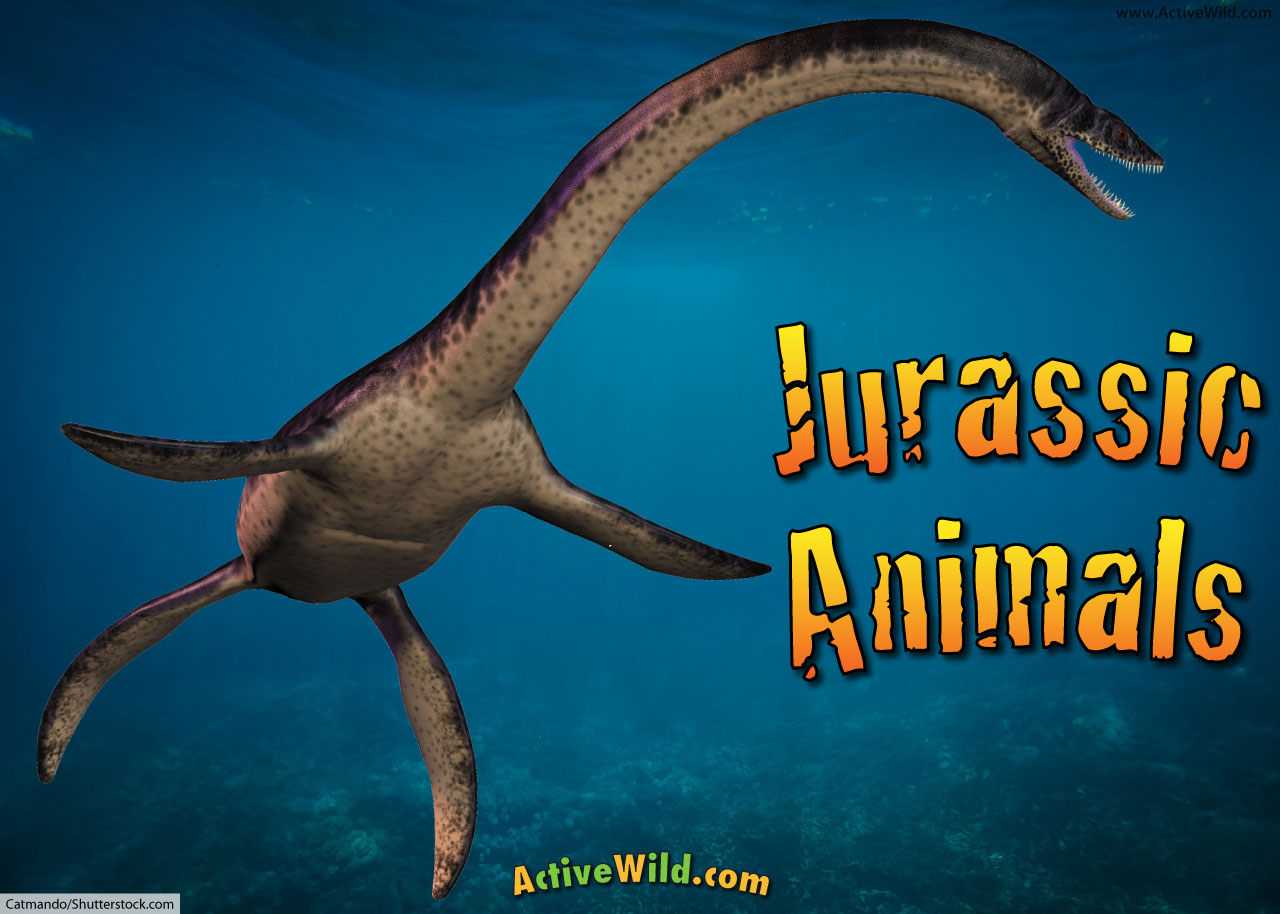
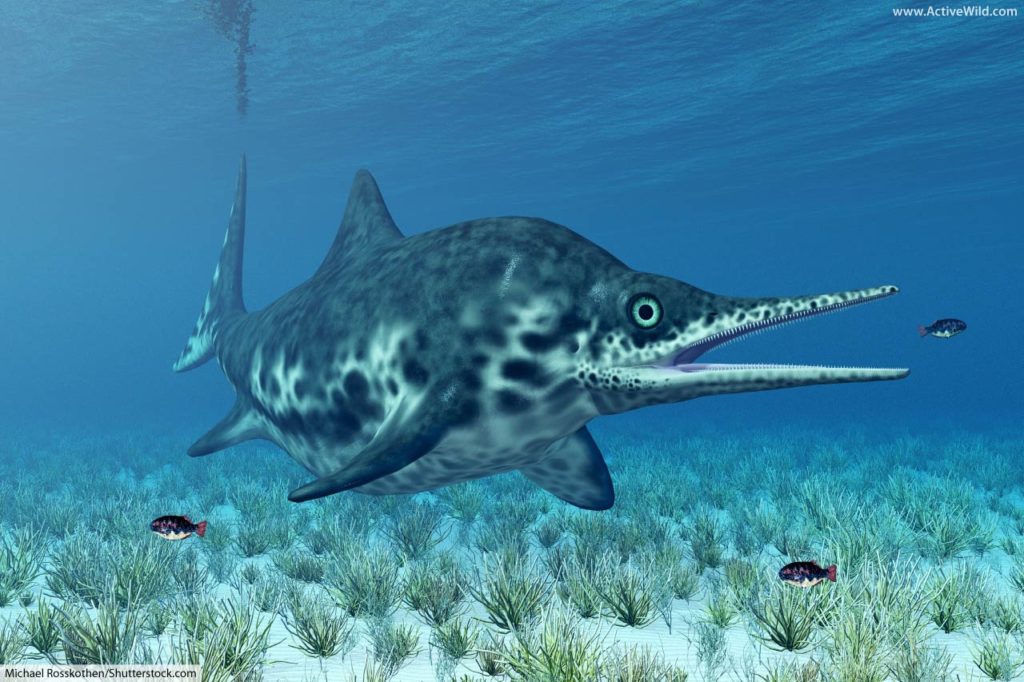



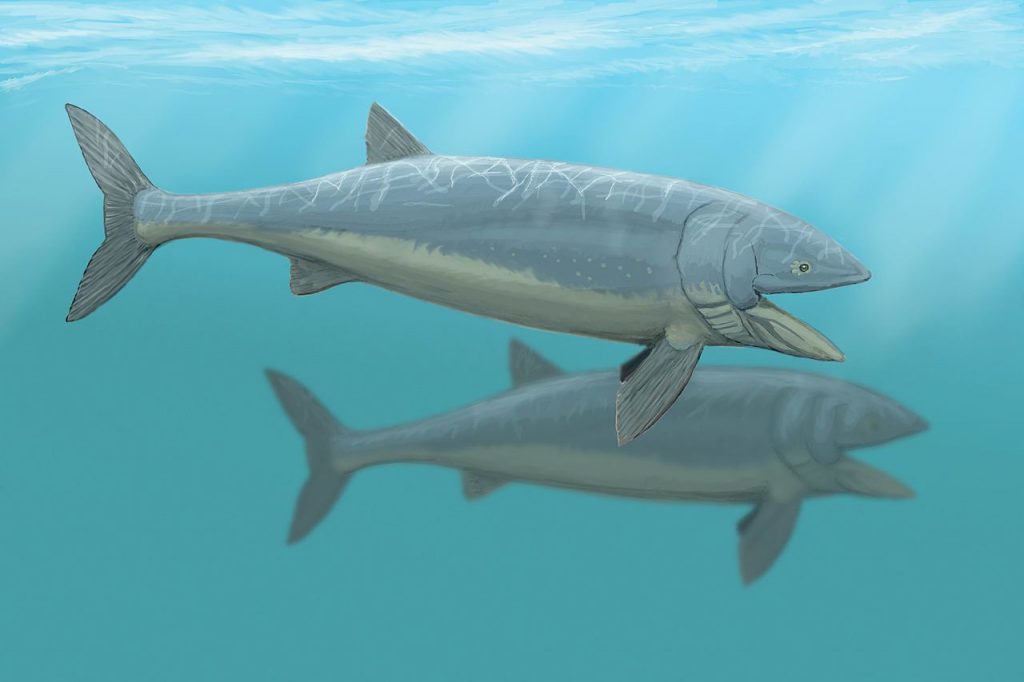


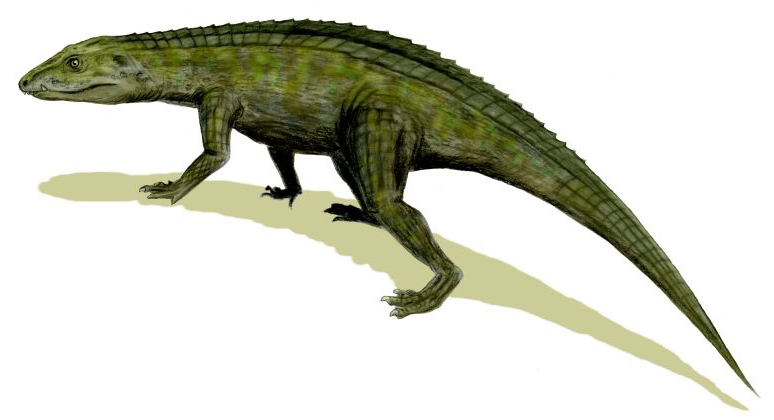






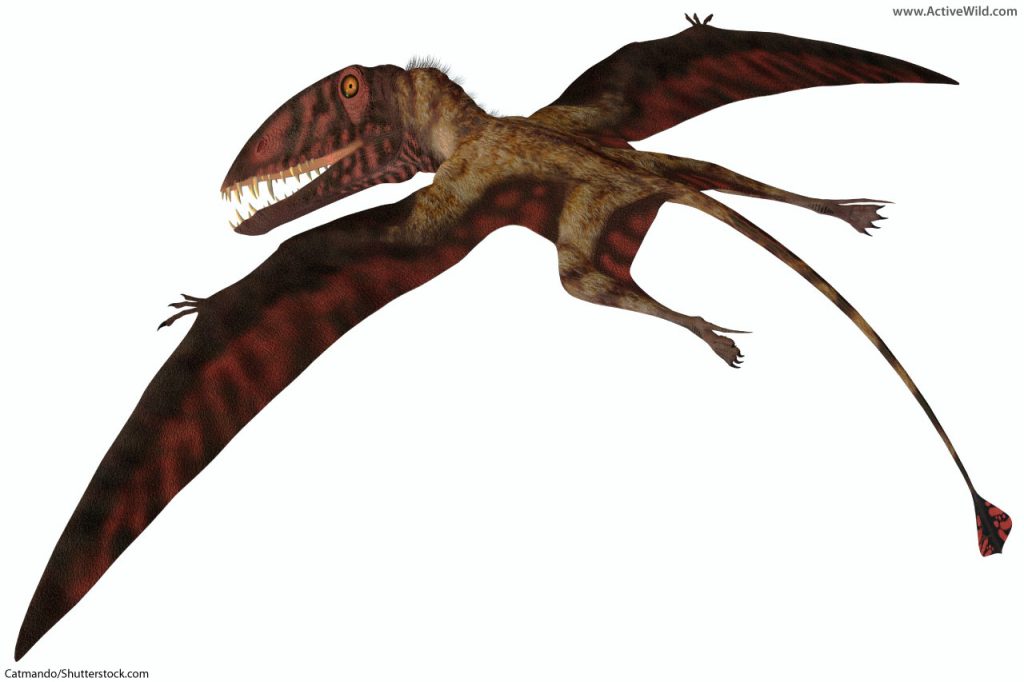


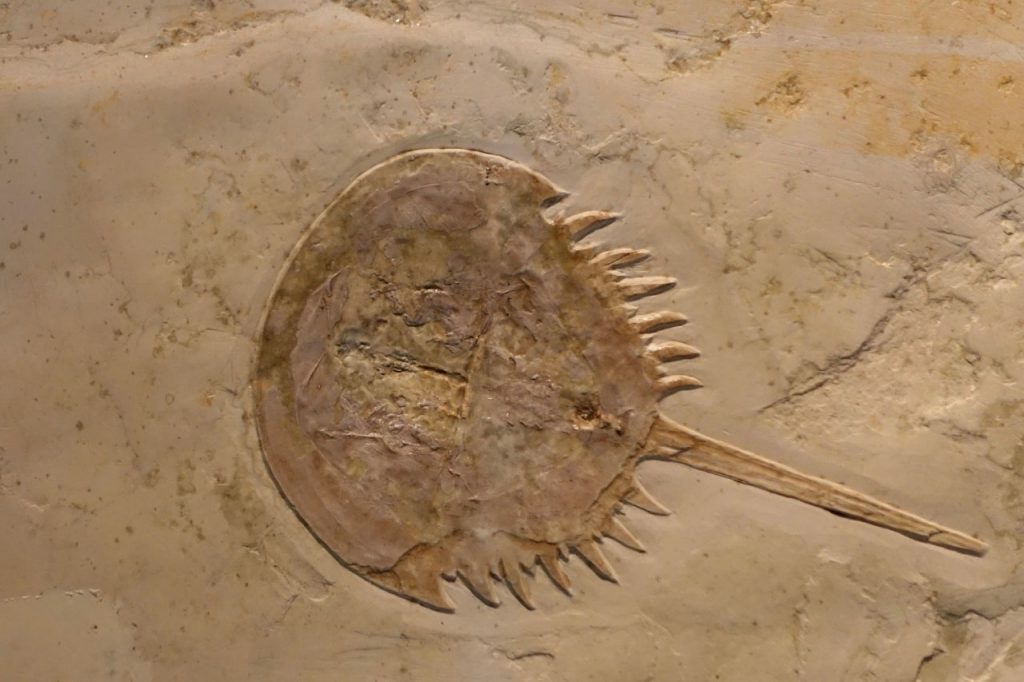


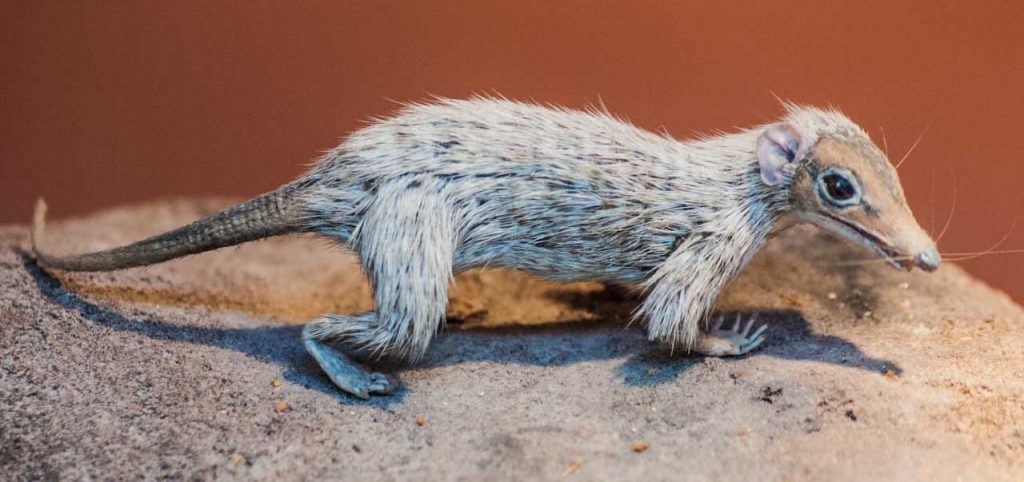
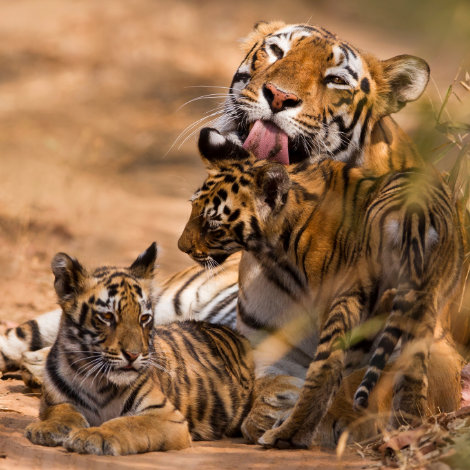
WE LIVE IN A JURASSIC WORLD.. GREYBULL, WYOMING IS INTERESTED IN A MUSEUM. ALL OF OUR BONES ARE IN EUROPE, OR ELSEWHERE. WE WOULD LIKE TO KEEP THEM NEARBY. DO YOU HAVE ANY COMMENTS?